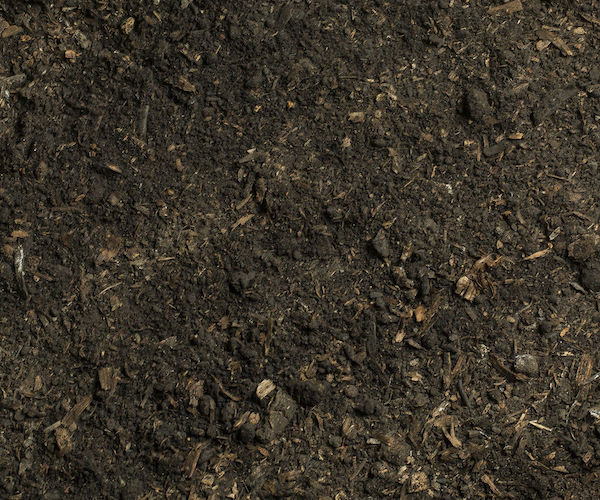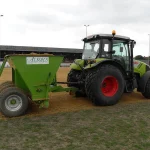*Last Updated: 22nd September 2025*
Working out how much topsoil you need for a project is one of the most commonly asked questions by gardeners and landscapers looking to buy topsoil. If you mismeasure the area you need the topsoil for, it can lead to a great amount of waste of both topsoil and money!
How To Use Our Free Topsoil Calculator
Our topsoil calculator is a simple tool that helps you work out exactly how much topsoil you need for gardening or landscaping projects. It prevents over- or under-ordering and makes planning more accurate.
Steps to calculate topsoil requirements:
- Measure the area – Record the length and width of the space you want to cover, in feet or metres and enter these in the calculator.
- Decide on depth – For new beds, use around 6 inches (15 cm) of topsoil. For lawns or flower beds, 2–3 inches (5–7.5 cm) is usually enough.
- Enter details into a calculator – Input your area measurements and required depth into an online topsoil calculator.
- Review the results – The calculator will provide the volume needed in cubic feet or cubic metres, and in many cases, the number of bags required. This number will be rounded up to the nearest 0.75m³ bulk bag.
- Adjust if needed – For larger projects, bulk orders may be more practical than buying individual bags.
How to Manually Calculate the Amount of Topsoil Required
For those who want a calculation or formula to follow rather using than our calculator, you can follow the steps below to find out how many cubic metres of topsoil you need.
- Measure the width of your plot (in metres)
- Measure the length of your plot (in metres)
- Measure the depth of your plot (in metres)
- Multiply the width by the length by the depth then divide by 100
- E.g. 10m x 20m x 2cm / 100 = 4m³
Frequently Asked Questions
Once you’ve worked out how much topsoil you need in cubic metres, there are also some things you need to consider before placing an order.
How much topsoil do I need for my garden?
Topsoil has several uses within the garden, whether that be for creating or levelling lawns, raising flower beds or growing vegetables. Each of its different uses means a different amount of topsoil is required.
At Alsoils+, we supply a range of nutrient-rich topsoils to both domestic and trade customers, and can also deliver to those on the South Coast of the UK.
How much topsoil do I need for levelling my lawn?
If you’re looking to level a bumpy lawn, the general rule of thumb is to use between 2-3cm of topsoil – we’ve also created the ultimate guide to levelling a lawn.
How much topsoil would I need for Growing vegetables?
As there are different types of vegetables (root, cruciferous, allium etc), they require different levels of topsoil.
- Root vegetables will require between 3-4cm of topsoil
- Other types of vegetables that grow on top of the ground will require between 1-2cm of topsoil
General gardening
For most forms of gardening such as raising flower beds or planting, you should use between 1-2cm of topsoil.
How much will 1 tonne of topsoil cover?
Topsoils can vary in screening sizes, therefore some topsoils may be denser than others. Generally speaking, 1 tonne of topsoil will cover 0.63 cubic metres or 22 cubic feet or 0.81 cubic yards.
Our bags of topsoil come in sizes of 0.75m³, meaning you’ll get just over a tonne of soil per bag!
How much does a cubic meter of soil weigh?
A cubic metre of topsoil typically weighs between 1,200 and 1,700 kilograms, depending on moisture content and composition. Dry, sandy soil will be lighter, while clay-rich or damp soil can be significantly heavier. On average, many suppliers use 1.4–1.5 tonnes per cubic metre as a standard guide for estimating delivery and project requirements.
Selecting the right topsoil
The right topsoil depends on your project. For lawns and turfing, our turf and lawn topsoil is ideal. For flower beds and borders, a nutrient-rich, screened topsoil (like our specially created Border Blend Topsoil) supports healthy root development. For vegetable patches and allotments, choose topsoil blended with organic matter such as compost or manure to improve fertility (such as our vegetable and fruit topsoil). Always look for high-quality, screened topsoil free from weeds and contaminants to ensure long-term soil health and strong plant growth.





